Optimal conditions align for winter crop
By Matt Wallis
26th April, 2022
As sowing programs across the country ramp up on what for the most part is a full moisture profile, Australian farmers look primed to capitalize on record prices for their product due to a myriad of economic, geopolitical, and environmental conditions influencing markets at present.
With the prolonged crisis in Europe, an established La Nina weather system and tightening global stocks dominating the headlines of late, it appears the markets are supported in favor of the Aussie farmer at least in the short to medium term.
The ongoing crisis in the Black Sea continues to severely upend trade flows out of the breadbasket regions with the disruptions to the supply chain casting enormous doubt on whether the required programs can be executed in part or, at all. The updated April USDA World Agricultural Supply and Demand Estimates saw Ukranian corn exports slashed by 4.5 mmt with other analysts suggesting this figure to be much higher. It is estimated that in total, approximately 15mmt of agricultural products which include sunflower seed, wheat and corn may remain trapped in the Black Sea region as a result of the ongoing crisis.
Not only is product battling to get out, but the sowing window is also fast approaching with the window for planting corn, sunflower and spring wheat and barley fast approaching.
The Ukraine is also a major oilseed producer, specifically canola and sunflowers where it accounts for approximately 20% and 50% of the respective global trade. In most recent times, Ukrainian sunflower oil has been the release valve for what has been extremely tight global vegetable oil stocks. Adding further support to the global oilseed market, the Indonesian Government recently announced a ban on all palm oil exports effective immediately until further notice. To put this into perspective, palm oil accounts for nearly 60% of global vegetable oil shipments with Indonesia the largest supplier, almost double that of second placed Malaysia which also faces challenging growing conditions in its own right with the effects of La Nina limiting in crop rainfall.
Adding further support to the oilseeds market is the dry, borderline drought conditions experienced throughout the canola growing regions in Canada. With sowing due to commence shortly and conditions far from optimal, it’s a safe bet that this region remains on everyone’s radar as with global stocks tightening, the Canadian crop cannot afford to fizzle like last year.
Meanwhile in Australia, the latest update from the BOM concludes that the La Nina weather patterns influence is set to continue into the early winter resulting in above average rainfall for majority of the country, in particular the NSW cropping belt.
As it stands, providing we don’t get too wet (dare I say it), our winter crop looks set to be planted in optimal conditions where the global marketplace is supporting an environment where high commodity pricing is likely to persevere. Hopefully, this is a sign of many good things to come for Australian agriculture.
Where to from here

In recent months 'volatile' seems to have been the word of choice to try and describe grain market movements and, given we unfortunately don't appear any closer to a resolution to the crisis in Ukraine, it appears this description is likely to remain popular for some time yet.
Read MoreExisting world grains issues persist

Another week rolls by and another round of inputs into the discussion, more forcibly argued depending on the side of the fence you sit, seller or buyer.
Read MoreWatching for the flashes

Without a meaningful resolution in sight for the crisis in Ukraine, the market continues to trade under the expectation that disruptions to Black Sea grains and oilseeds will be felt for a while yet, increasing the requirement for alternative origins to step up and fill the shortfall.
Read MoreSowing intentions start to emerge
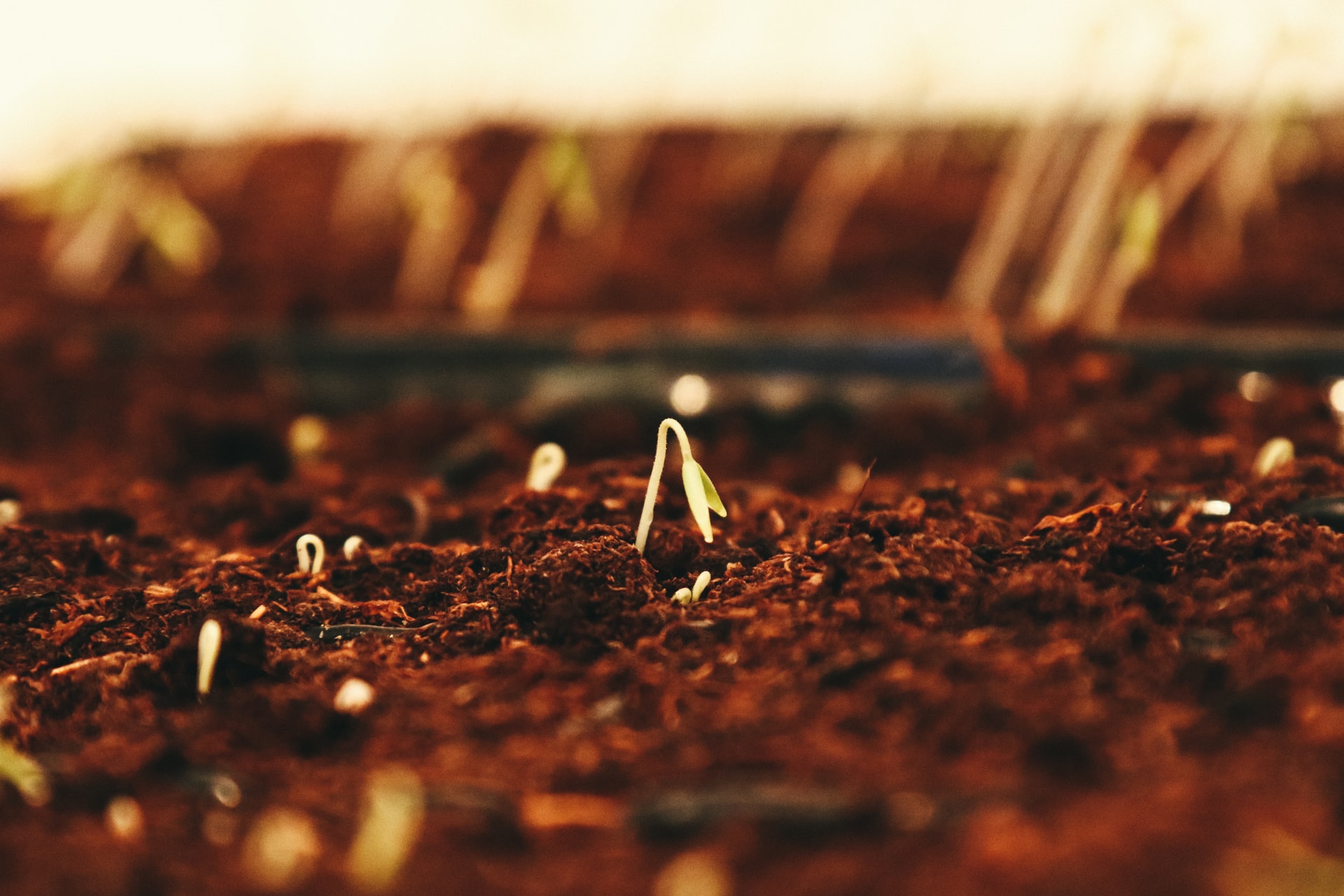
International markets continue to trade erratically on the back of expected supply chain disruptions due to the situation in Ukraine. Whilst we all hope for a swift end to the conflict, it is impossible to predict how things will progress and as such international markets continue to trade volatile ranges on a daily basis.
Read MoreSome other things to watch
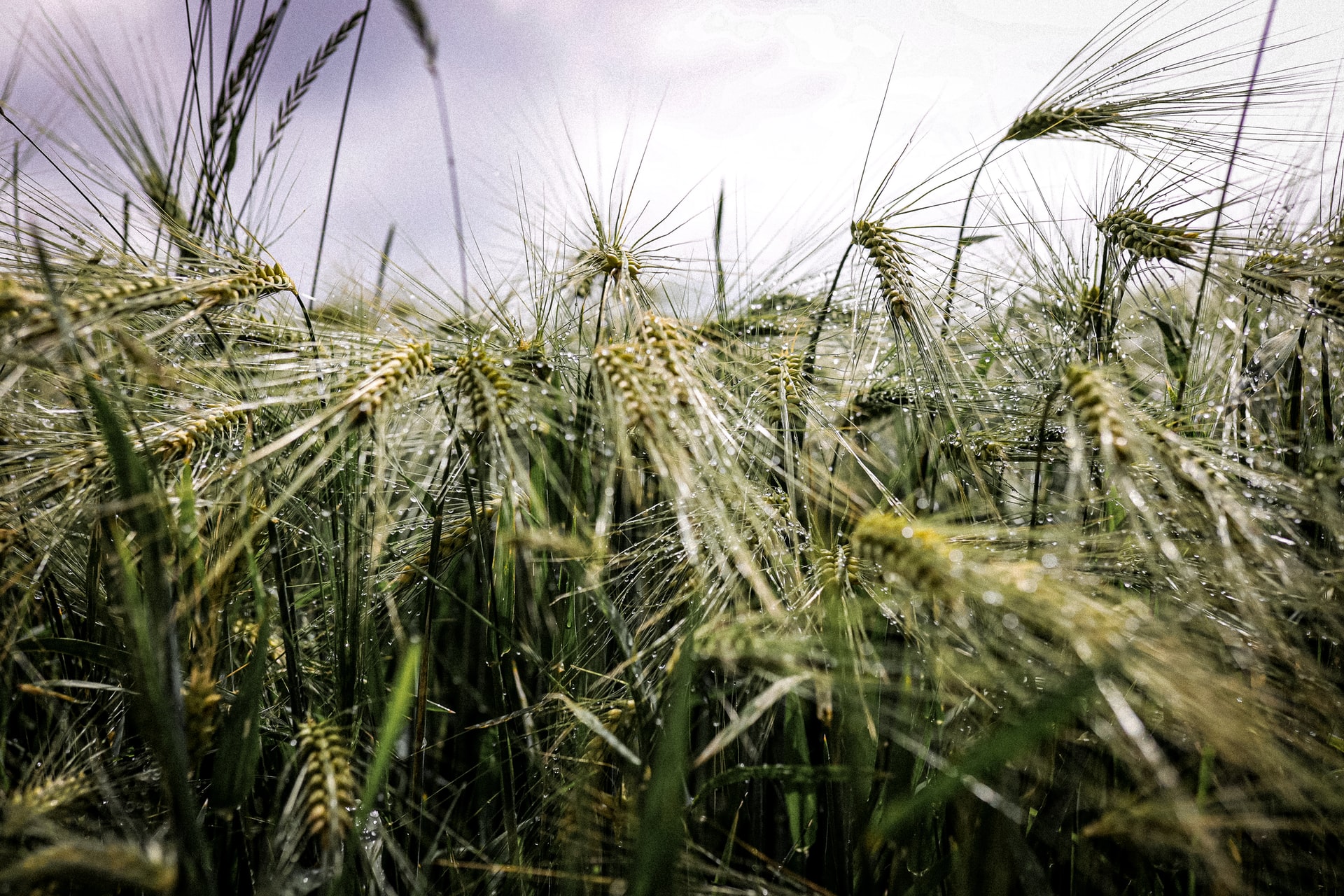
There is no doubt that the most significant influence on today's grains and oilseeds markets is the situation in Ukraine - the unknowns of what will be planted, fertilised, harvested and exported from this important region is creating a nervous trading environment, prone to jumping at shadows.
Read MoreVolatility likely to remain a key theme as we near sowing window
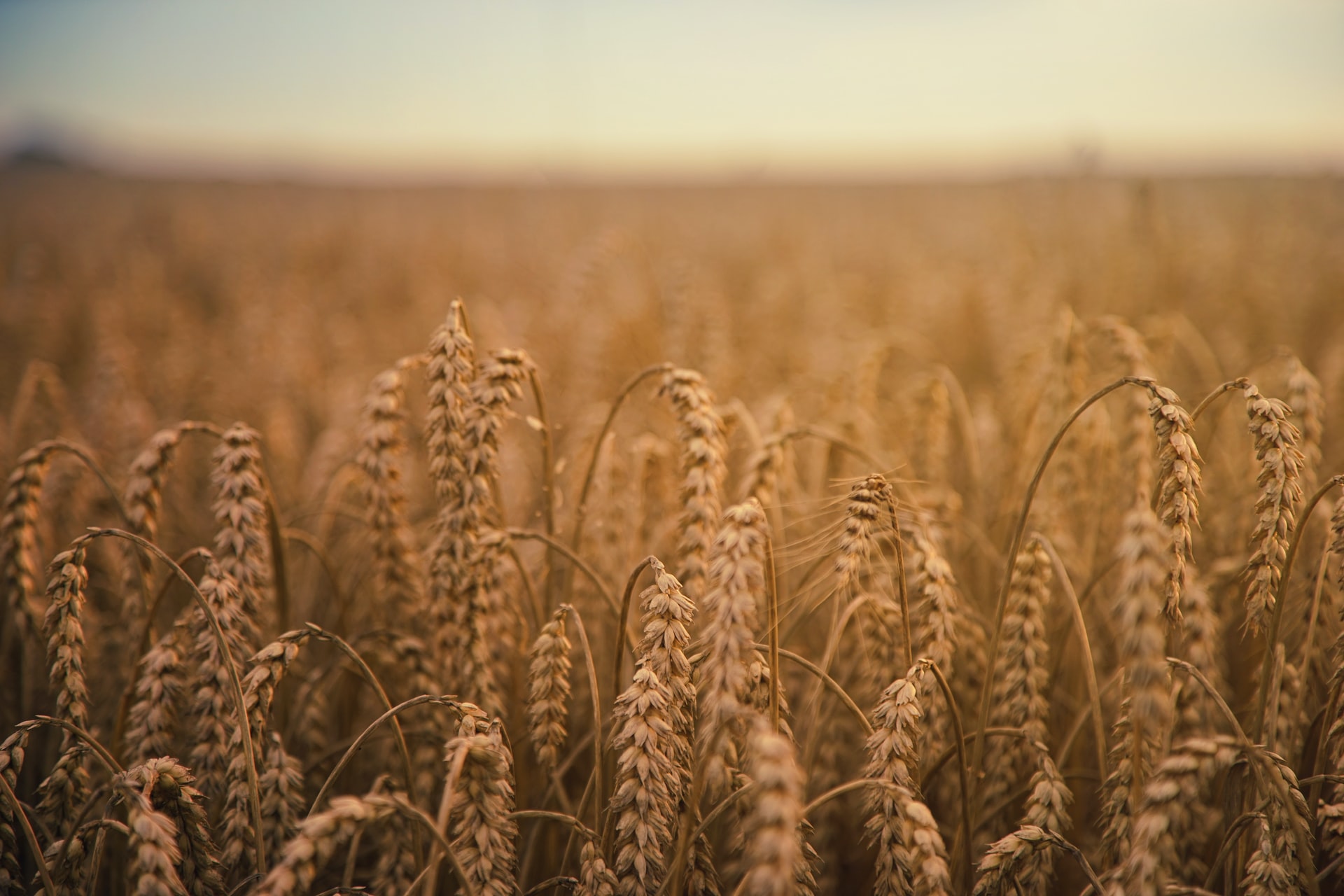
As the devastating situation in Ukraine continues to reverberate around the world, we saw the dramatic effect on commodity markets last week with large price swings as the market digests each headline.
Read MoreRecord crops but volatile prices
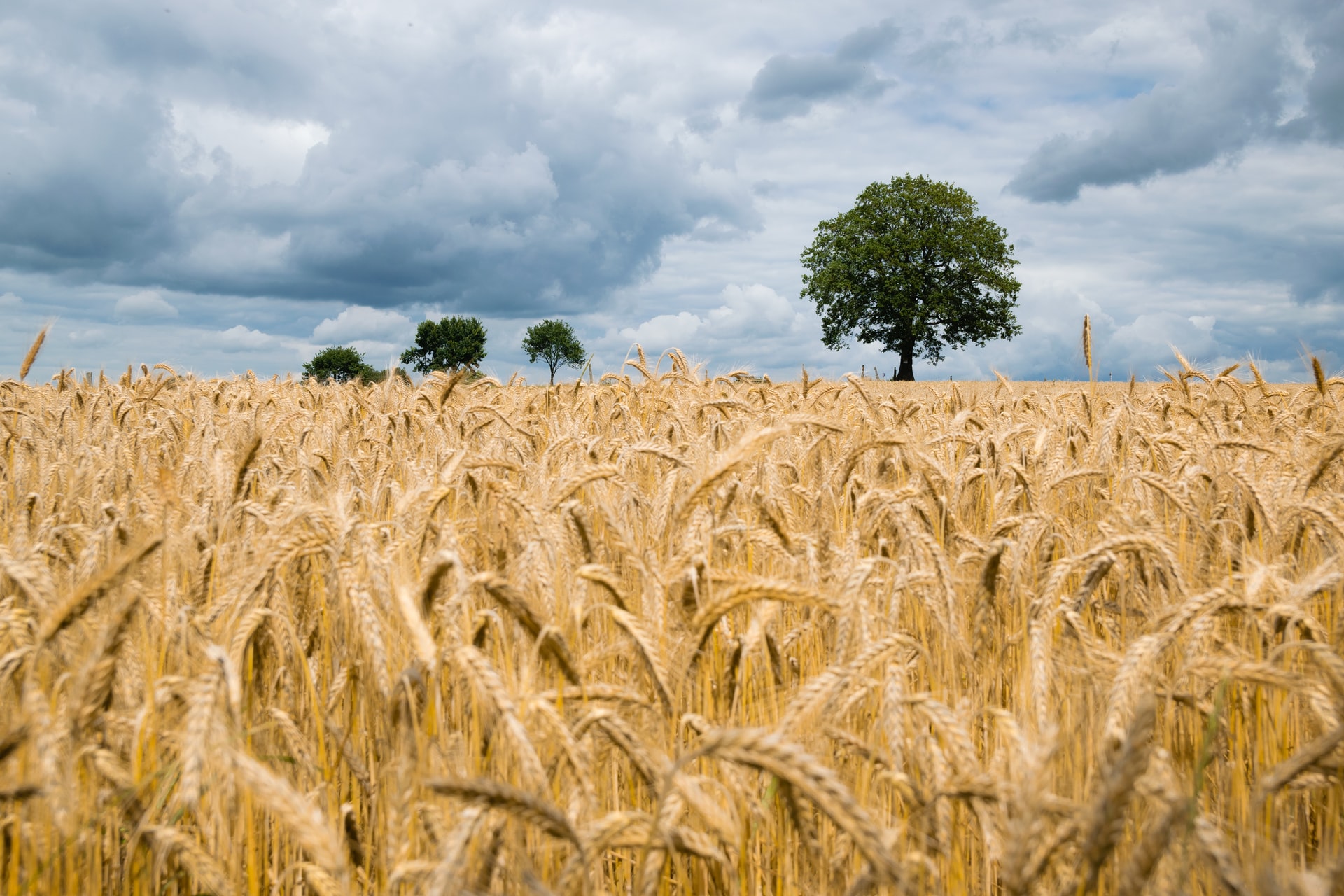
As the shock of crisis overseas settles in after two weeks since it began, unfortunately the devastating situation in the Black Sea doesn't appear to be dissipating anytime soon...
Read MoreVolatility and instability here to stay
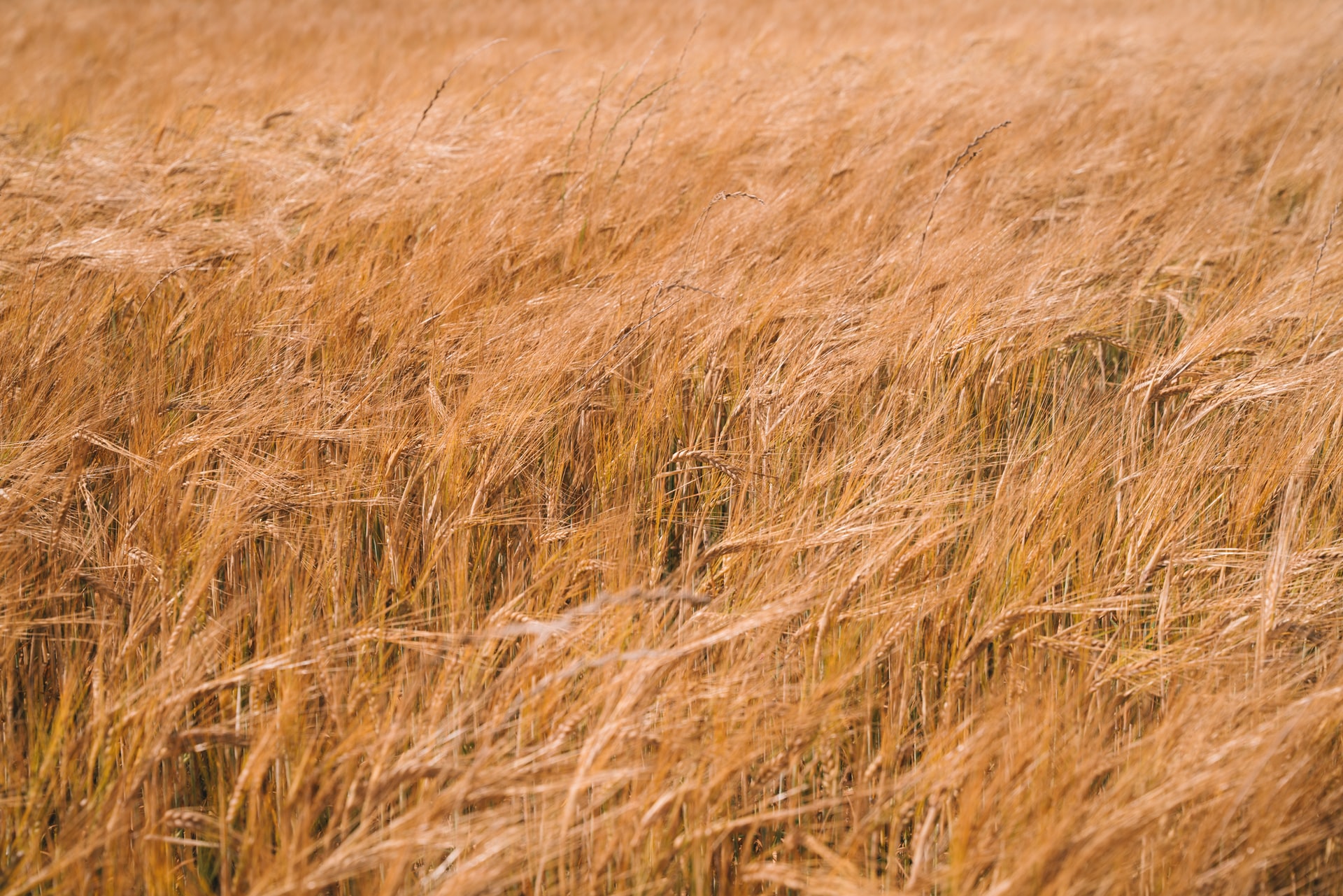
The rapid escalation of conflict in Eastern Europe is frightening, unprecedented and the toll on humanity is devastating. The uncertainty of the situation is driving Agricultural commodity markets into territory not seen in almost a decade....
Read MoreA peek into the sorghum world

The last couple of weeks have seen favourable weather conditions that have enabled growers to make solid progress into their sorghum harvest....
Read MoreOne eye on the horizon
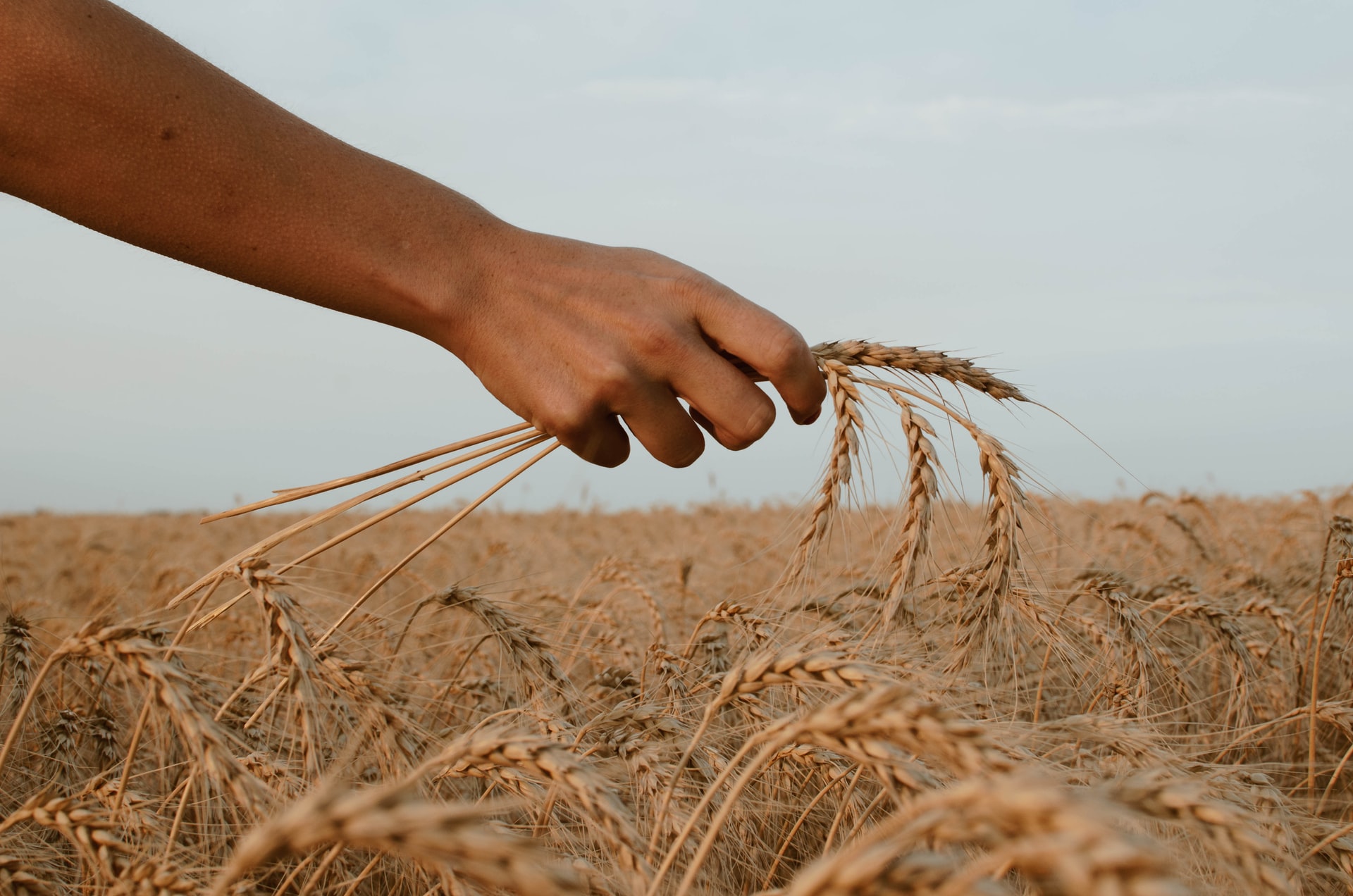
With the 2021/22 harvest finally in the rear-view mirror for all but a few stragglers, the focus quickly shifts to marketing what unsold grain remains on-farm....
Read More